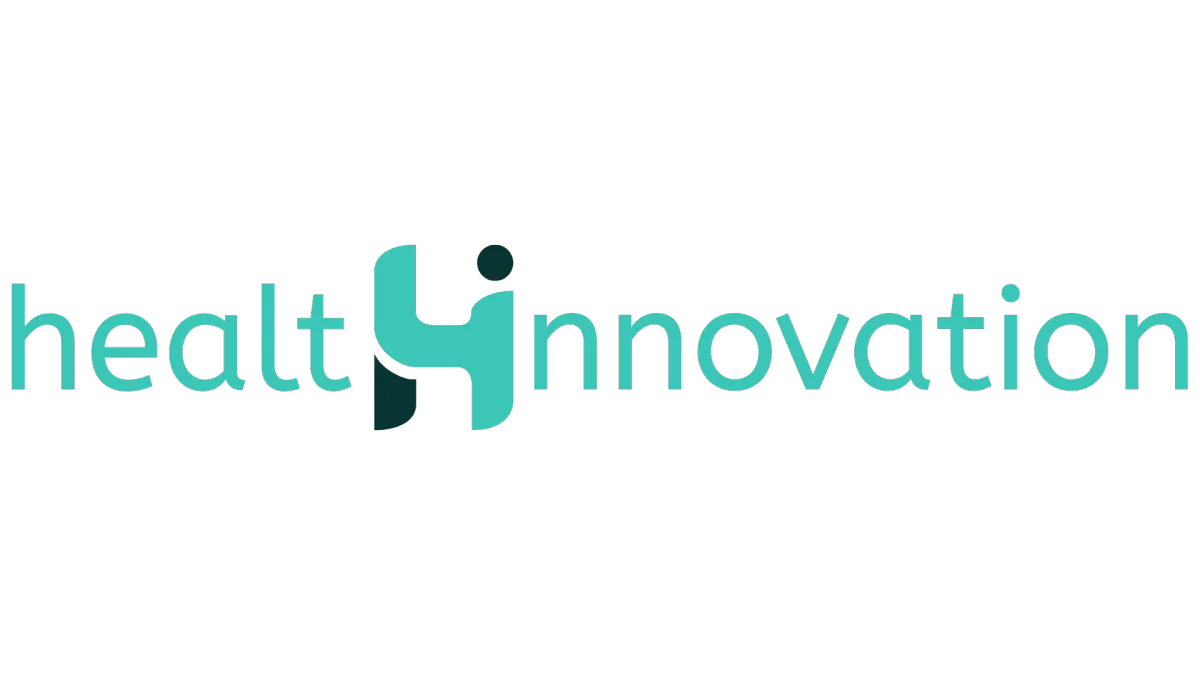
Burnout: Why should you as a leader care?
You’ve probably heard the term “burnout” a lot lately – it seems to be in the news almost every day.
In March of this year, the U.S. Congress even passed the “Dr. Lorna Breen Health Care Provider Protection Act,” a new law aimed at preventing and addressing the rising number of burnout cases among physicians. Dr. Breen’s burnout, caused by months of COVID-19 emergency care, had tragic consequences and ultimately led to her suicide.
Should you be concerned about burnout among your executives and employees? Is it your responsibility to help them? And how can you even tell if someone is suffering from burnout?
Let me answer these questions with my personal experience.
Twice during my 30+ year career as an engineer at a major German automotive corporation, I experienced severe, paralyzing phases of physical and mental exhaustion. I was barely able to function at work and couldn’t manage my private life either. The first time, I tried to recover on my own. I didn’t want to talk to anyone out of fear of being seen as weak or mentally ill. I tried to heal myself – but it took over a year until I felt normal again.
The second time, ten years later, I was completely unable to work. I sought help from a doctor who performed a comprehensive set of tests using blood, urine, and saliva samples. The results revealed serious deficiencies in vitamins and minerals – most notably a severe B12 deficiency. But the most striking finding was my extremely low cortisol level – an indicator of early-stage adrenal insufficiency. Cortisol is the hormone that helps us cope with stress. Without enough cortisol, it’s hard to manage even small stressors, let alone the demands of a professional life.
I’ve since recovered and spent the last five years studying the physiology and psychology of burnout. I’ve read a wide range of scientific literature in endocrinology, internal medicine, and psychology, interviewed dozens of doctors and therapists, and spoken with many affected individuals. Together with a medical expert from the University of Vienna, we developed a holistic questionnaire capable of identifying burnout and categorizing it into distinct stages.
During this time, I’ve learned that burnout is a serious, chronic condition that affects both body and mind. Its symptoms include a wide range of physiological issues that often trigger mental health problems such as emotional exhaustion, apathy, mood swings, anxiety, depression, concentration issues, social withdrawal, and a loss of drive and motivation. The World Health Organization (WHO) has now officially recognized burnout in the ICD-11 classification as a diagnosable medical condition, which enables targeted treatment.
The Impact of Burnout on Organizations
Some researchers are already calling burnout the next “pandemic” of the 21st century – driven by rising competitive pressure and the relentless demands of today’s VUCA economy. Of course, burnout isn’t contagious like a virus, but its prevalence is growing rapidly. Company leaders should pay close attention to its impact on productivity and healthcare costs. Here are some alarming statistics:
The number of burnout-related sick leave cases in Germany increased by 850% between 2004 and 2019 (according to data from AOK, a major German health insurer).
In the U.S., workplace stress causes over $500 billion in economic losses annually, with 550 million lost workdays per year.
Productivity losses due to burnout are estimated at $952 per employee in the U.S. and €1,063 in Europe, totaling between $125–190 billion in the U.S. and €240 billion in Europe.
According to a WHO study, 615 million workers worldwide suffer from depression and anxiety, causing an estimated $1 trillion in economic damage annually.
What Can You Do?
If you suspect that employees in your organization may be suffering from burnout, you should consider taking early action. People affected by burnout often hesitate to speak up – out of fear of being labeled weak or mentally ill. But burnout is a serious condition that can cost companies valuable talent and productivity. In advanced stages, it can even become life-threatening. The earlier burnout is recognized and treated, the better the chances of recovery.
Our holistic questionnaire is – to our knowledge – one of the first tools capable of identifying burnout early among employees. We’ve already tested it in several well-known German companies and received consistently positive feedback. In a pilot project with over 300 executives, around 15% showed signs of burnout. That company and others are now considering introducing our leadership training program for burnout awareness and prevention.
We warmly invite you to share the questionnaire with employees who may be affected. It is 100% free, anonymous, and results are only shared with the individual user. If burnout symptoms are identified, individuals can seek medical consultation and further diagnostics at an early stage.
If you are interested in rolling out the questionnaire across your organization or in training your leadership team in our prevention program, please feel free to contact us.

